Sourav Pan
Transcript
Biosafety cabinets consist of several core components that work together to create a safe working environment.
The HEPA filtration system is a critical component that removes 99.97 percent of particles that are zero point three microns or larger from the air.
Controlled airflow mechanisms create invisible barriers that protect both the worker and the samples. The airflow patterns direct potentially contaminated air through the HEPA filters.
The work surface is typically made of stainless steel to withstand harsh disinfectants and is designed for easy cleaning and decontamination.
The viewing window or sash provides physical protection while allowing visibility. Maintaining the proper sash height is critical for correct airflow patterns.
The control system monitors critical parameters like airflow velocity, filter integrity, and sash position, alerting users to potentially unsafe conditions.
All these components work together as an integrated system. The control system monitors the airflow, which is directed by the cabinet design through the HEPA filters, creating a safe work environment on the work surface, all visible through the viewing window.
Remember that all components must function properly to maintain biosafety. Regular certification and maintenance are essential to ensure the cabinet continues to provide protection.
Biosafety cabinets rely on three fundamental airflow principles to provide protection.
First, inward airflow prevents the escape of contaminants, protecting laboratory personnel.
Second, downward laminar flow provides a sterile working environment, protecting samples from contamination.
Third, filtered exhaust ensures that all air leaving the cabinet is clean, protecting the environment.
Let’s examine how airflow works within a biosafety cabinet.
The first principle is inward airflow. Air flows from outside the cabinet through the front opening.
This creates negative pressure inside the cabinet, preventing contaminated air from escaping and protecting personnel.
The second principle is downward laminar flow. HEPA-filtered air flows down in parallel streams.
This creates a sterile curtain of air that protects samples from contamination. The parallel airflow prevents turbulence that could mix clean and contaminated air.
The third principle is filtered exhaust. All air inside the cabinet, which may contain hazardous particles, passes through HEPA filters.
These filters remove 99.97% of particles 0.3 microns or larger, ensuring that only clean air is released to the environment.
When all three airflow principles work together, they create a complete protection system:
Inward airflow protects personnel, downward laminar flow protects samples, and filtered exhaust protects the environment.
These airflow principles apply differently across biosafety cabinet classes.
Understanding these fundamental airflow principles is essential for proper biosafety cabinet selection and safe operation.
Class II Biosafety Cabinets are the most commonly used type in laboratory settings worldwide.
These cabinets feature a partially open front design with an inward airflow to protect personnel.
A key feature of Class II cabinets is the HEPA filtered downward laminar flow system.
The airflow system creates multiple layers of protection. The inward airflow protects personnel from exposure to potentially hazardous materials.
HEPA-filtered downward laminar airflow protects the product from contamination.
Finally, the exhaust system with HEPA filtration protects the environment from aerosols and particulates generated inside the cabinet.
Class II Biosafety Cabinets are utilized in approximately 95 percent of laboratory applications requiring containment.
Class II Biosafety Cabinets come in several subtypes, each with different specifications designed for various laboratory applications.
These subtypes include A1, A2, B1, and B2, which differ in airflow patterns, percentage of air recirculated, and exhaust requirements.
Selecting the appropriate Class II BSC subtype depends on the level of hazard, whether volatile chemicals will be used, and facility constraints.
The Class 2 Type A1 biosafety cabinet is designed for working with low to moderate risk biological agents.
It features a front opening for user access and a work surface where procedures are conducted.
HEPA filters are key components, with a supply filter that protects the work surface and an exhaust filter that cleans air before it’s released.
The Class 2 Type A1 cabinet maintains a minimum inflow velocity of 75 feet per minute at the front opening.
Clean, HEPA-filtered air flows down from the top of the cabinet onto the work surface.
A key characteristic of Type A1 cabinets is that 70 percent of the air is recirculated through the supply HEPA filter.
The remaining 30 percent is exhausted through the exhaust HEPA filter, which may be recirculated into the laboratory.
Let’s examine the technical specifications of Class 2 Type A1 cabinets.
Class 2 Type A1 cabinets are suitable for work with agents requiring biosafety level 1, 2, or 3 containment.
However, they have limitations. They’re not suitable for work with toxic chemicals or radionuclides, and there’s potential for cabinet contamination due to the recirculated exhaust.
It’s worth noting that Class 2 Type A1 cabinets manufactured before 2010 were formerly designated simply as ‘Type A’.
Class 2 Type A2 Biosafety Cabinets feature significant improvements over the A1 models.
They operate with an increased inflow velocity of 100 feet per minute, providing better containment of potentially hazardous materials.
The A2 model features a sealed design with a negative pressure plenum surrounding contaminated positive pressure plenum areas.
Unlike the A1 models, Type A2 cabinets can be used with minute amounts of volatile toxic chemicals and trace amounts of radionuclides.
Class 2 Type A2 Biosafety Cabinets are currently the most common type found in research laboratories worldwide.
Their popularity stems from their versatility, enhanced safety features, wide commercial availability, and balance of containment with ease of use.
To summarize, Class 2 Type A2 Biosafety Cabinets feature 100 feet per minute inflow velocity, a sealed design with negative pressure plenums, compatibility with small amounts of chemicals and radionuclides, and the option for thimble-connected exhaust systems.
These features make the A2 cabinet the standard choice for most laboratory applications requiring both product and personnel protection.
Class II Type B1 Biosafety Cabinets have distinctive features that set them apart from other BSC types.
The cabinet includes a work surface, front opening, HEPA filters, and a dedicated exhaust system.
Class II Type B1 cabinets maintain an inflow velocity of 100 feet per minute, providing personnel protection.
A key feature of Type B1 cabinets is the air distribution. Thirty percent of the air is recirculated through the cabinet to provide product protection.
The remaining seventy percent of air is exhausted through dedicated ductwork, which helps remove volatile compounds from the work area.
Let’s summarize the key features of Class II Type B1 Biosafety Cabinets.
Class II Type B1 cabinets are suitable for specific laboratory applications.
They can be used with minute amounts of volatile toxic chemicals and trace amounts of radionuclides, while providing protection for biological materials.
There are important requirements for operating Class II Type B1 cabinets.
These cabinets must be connected to an external exhaust system through dedicated ductwork. Without a properly functioning exhaust system, the cabinet will not provide adequate protection.
Class III Biosafety Cabinets represent the highest level of containment and protection available.
These cabinets are completely enclosed, gas-tight systems that are operated through attached rubber gloves integrated into the cabinet walls.
Class III BSCs provide the highest level of personnel and environmental protection. Let’s examine their key features.
Class III BSCs use HEPA filtered supply air to maintain a pathogen-free working environment.
The exhaust air is also HEPA filtered, providing a crucial second layer of protection to prevent any release of dangerous pathogens.
Class III Biosafety Cabinets are primarily used in facilities requiring Biosafety Level 4 containment.
They are designed for work with the highest risk pathogens, including deadly viruses that can spread through aerosols and have no available treatments or vaccines.
In the biosafety level containment hierarchy, Class III cabinets are required for the highest risk work at BSL-4 and may also be used at BSL-3 for certain pathogens.
Class III cabinets feature specialized transfer systems to safely move materials in and out of the cabinet without breaking containment.
To summarize, Class III Biosafety Cabinets provide maximum containment and protection through their fully enclosed design, specialized access systems, and HEPA filtration of both supply and exhaust air.
These cabinets represent the highest level of containment available, making them essential for work with the most dangerous pathogens in maximum containment laboratories.
Proper cleaning and disinfection protocols are critical for maintaining biosafety cabinet function and preventing contamination.
Daily cleaning procedures should be performed both before and after using a biosafety cabinet.
Before using a biosafety cabinet, turn it on and allow it to run for at least five minutes. Then wipe all surfaces with seventy percent ethanol or isopropyl alcohol.
Always allow the disinfectant to air dry completely and document the cleaning in your log book.
After use, remove all materials and waste from the cabinet. Wipe all surfaces working from top to bottom to avoid recontamination.
Disinfect with an appropriate agent for your specific contaminants and let the cabinet run for at least ten minutes before turning it off.
Selecting the appropriate disinfectant is crucial for effective decontamination. Different agents are effective against different types of contaminants.
Seventy percent ethanol or isopropyl alcohol is effective against most bacteria, fungi, and some viruses with a contact time of at least one minute. It evaporates quickly and is non-corrosive to cabinet surfaces.
Ten percent bleach solution provides broad-spectrum disinfection including bacterial spores, but requires five to ten minutes of contact time. Be aware that bleach is corrosive and can damage cabinet components.
Quaternary ammonium compounds are effective against bacteria and enveloped viruses with a ten-minute contact time, but may leave residues and are less effective against spores.
Regardless of the disinfectant used, adequate contact time is essential for effectiveness. Many users prematurely wipe surfaces dry, reducing disinfection efficacy.
Using proper cleaning techniques is essential to maintain cabinet function and prevent cross-contamination.
Always clean from top to bottom to prevent recontamination of cleaned surfaces. Use lint-free wipes to avoid particle generation, and allow proper contact time for disinfectants.
Dispose of used wipes as biohazardous waste, and clean carefully around HEPA filters without touching them directly.
Never use abrasive cleaners that can damage surfaces, and avoid spraying disinfectants directly onto surfaces as this can cause aerosolization.
Avoid soaking electrical components, mixing incompatible chemicals like bleach and ammonia, and never touch HEPA filters with cleaning wipes.
Regular deep cleaning schedules are critical for maintaining biosafety cabinet performance beyond daily disinfection procedures.
Daily cleaning involves surface disinfection of the work area by lab staff. Weekly cleaning should include all interior surfaces including sides and back panels.
Monthly procedures should include removing the work surface to clean the sump below, typically performed by the lab manager. Annual deep cleaning coincides with certification and should be done by a certified technician.
All cleaning activities must be documented in a logbook, including the date, personnel performing the cleaning, and the specific procedures completed.
To summarize key cleaning protocols for biosafety cabinets: Clean surfaces both before and after each use. Match your disinfectant to potential contaminants in your work.
Ensure adequate contact time, typically one to ten minutes depending on the disinfectant. Always clean from top to bottom using correct techniques to prevent recontamination.
Follow a regular deep cleaning schedule beyond daily procedures, and maintain complete documentation of all cleaning activities.
Managing spills inside Biosafety Cabinets requires specific procedures to maintain safety and containment.
The main principles of spill management include: keeping the cabinet running at all times, containing the spill immediately, decontaminating thoroughly, documenting the incident, and following specific protocols based on the type of spill.
If a spill occurs, immediate actions are critical. First and most importantly, do NOT turn off the BSC. The cabinet’s airflow helps contain the contamination. Alert nearby personnel about the incident. Quickly assess the size and type of spill. If your PPE is contaminated, remove it carefully following proper procedures. Then apply the appropriate disinfectant according to your lab’s protocols.
Keeping the BSC running is critical as the continuous airflow helps prevent contaminants from escaping. The cabinet’s inward and upward airflow directs aerosols away from the user and into the HEPA filters.
Different types of spills require specific approaches. For biological spills, use your lab-approved disinfectant, cover with absorbent material, allow sufficient contact time, and dispose as biohazardous waste. For chemical spills, use the appropriate chemical-specific neutralizer and spill kit, assess ventilation requirements, and dispose as chemical waste according to regulations.
Using the proper absorbent material is crucial for effective spill management. Paper towels are suitable for small liquid spills, while absorbent pads are better for larger spills. Solidifying agents can help contain hazardous liquids, and specialized neutralizing materials should be used for chemical spills.
When using absorbent materials, work from the outside of the spill toward the center to prevent spreading contamination. Allow sufficient contact time according to your disinfectant’s specifications.
Proper documentation of spill incidents is essential. Your documentation should include the date and time of the incident, type and volume of spilled material, decontamination procedures used, PPE and materials used for cleanup, names of personnel involved, corrective actions taken, and supervisor notification details.
There are situations when you should seek additional assistance. These include large spills greater than 500 milliliters, incidents involving highly hazardous materials, spills extending outside the BSC, compromised BSC operation, or any exposure to personnel.
In these situations, immediately contact your biosafety officer, laboratory supervisor, or emergency response team according to your facility’s procedures.
To summarize the key points about managing spills in BSCs: Always keep the BSC running during spill response. Use appropriate materials specific to the spill type. Follow your laboratory’s standard operating procedures. Document all incidents thoroughly. And know when to seek additional assistance.
Study Materials
No study materials available for this video.
Helpful: 0%
Related Videos
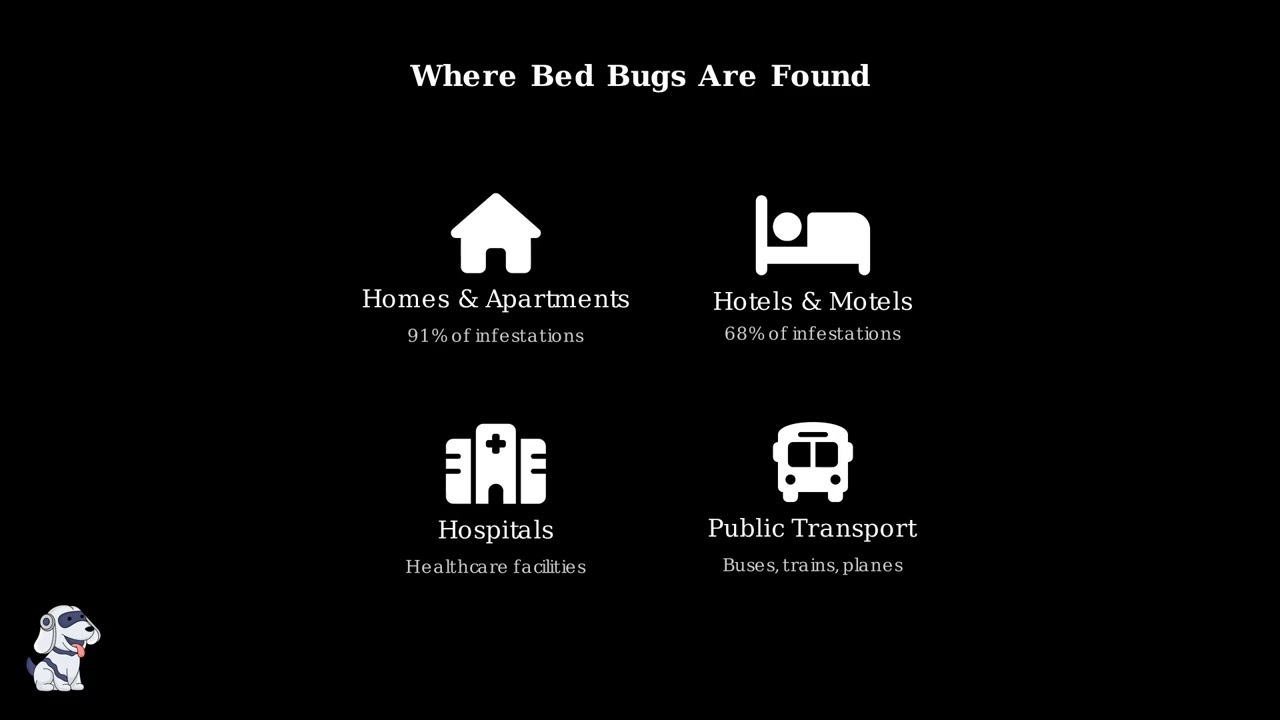
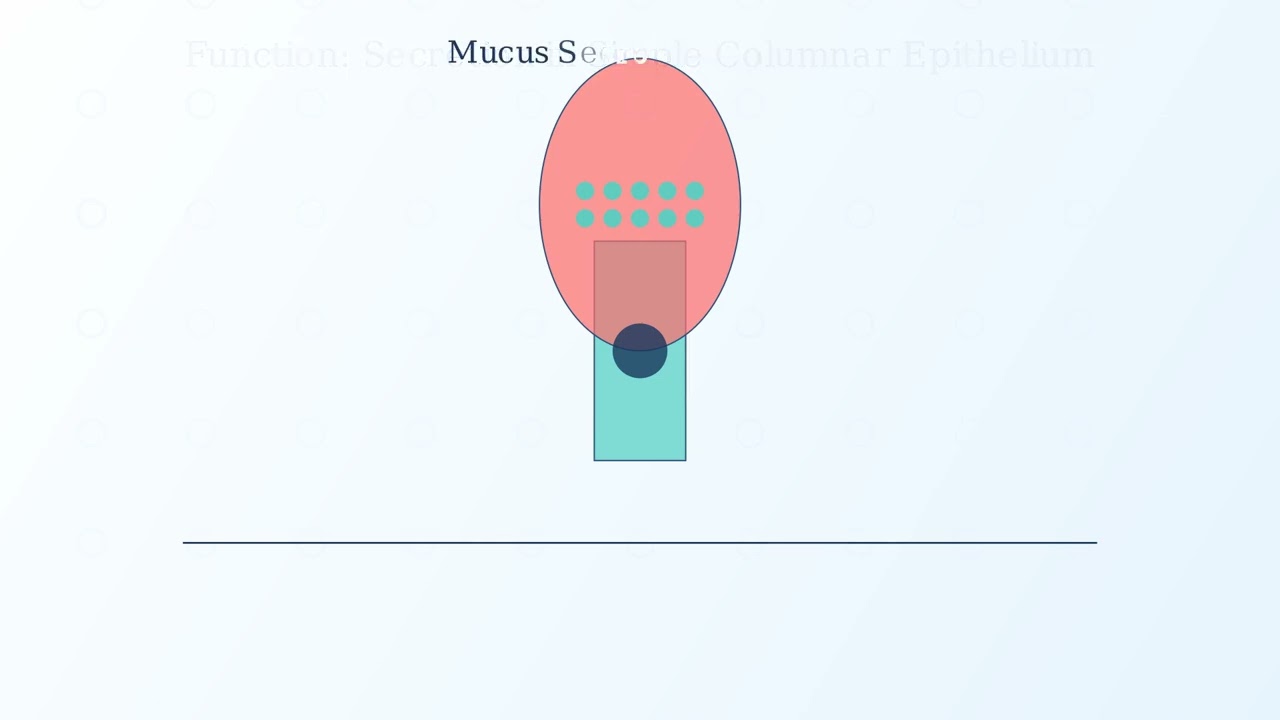
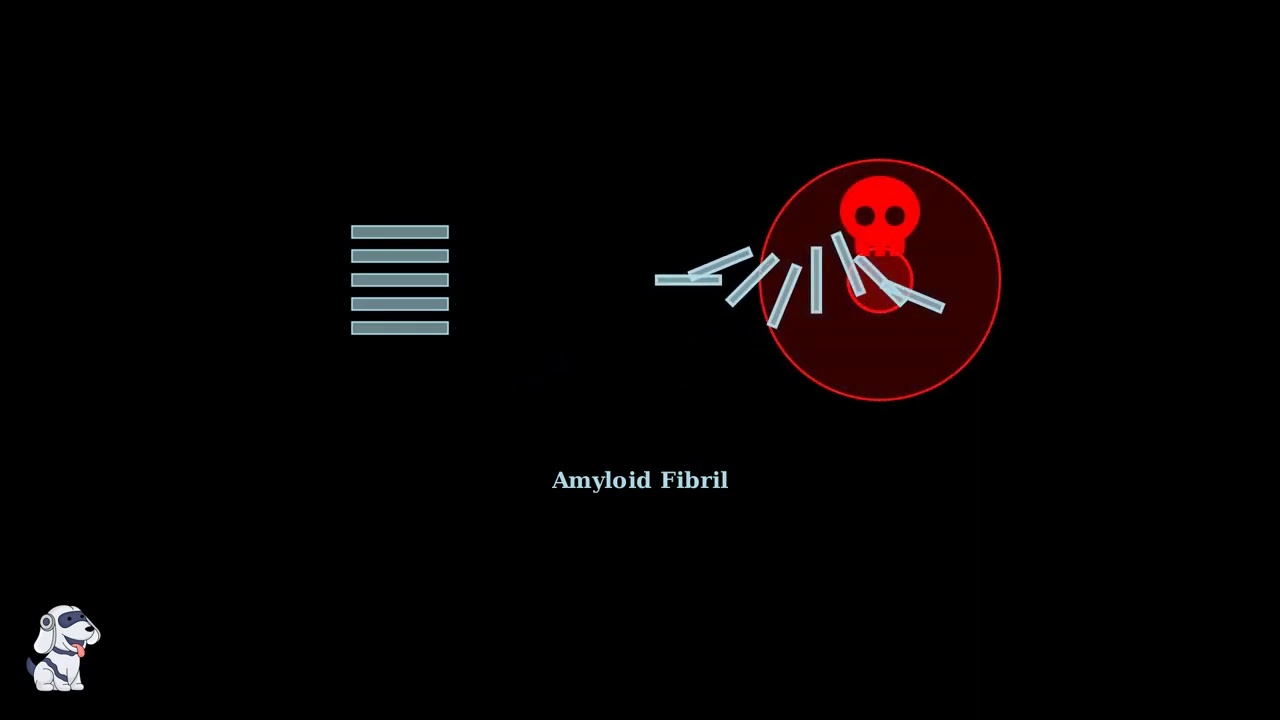


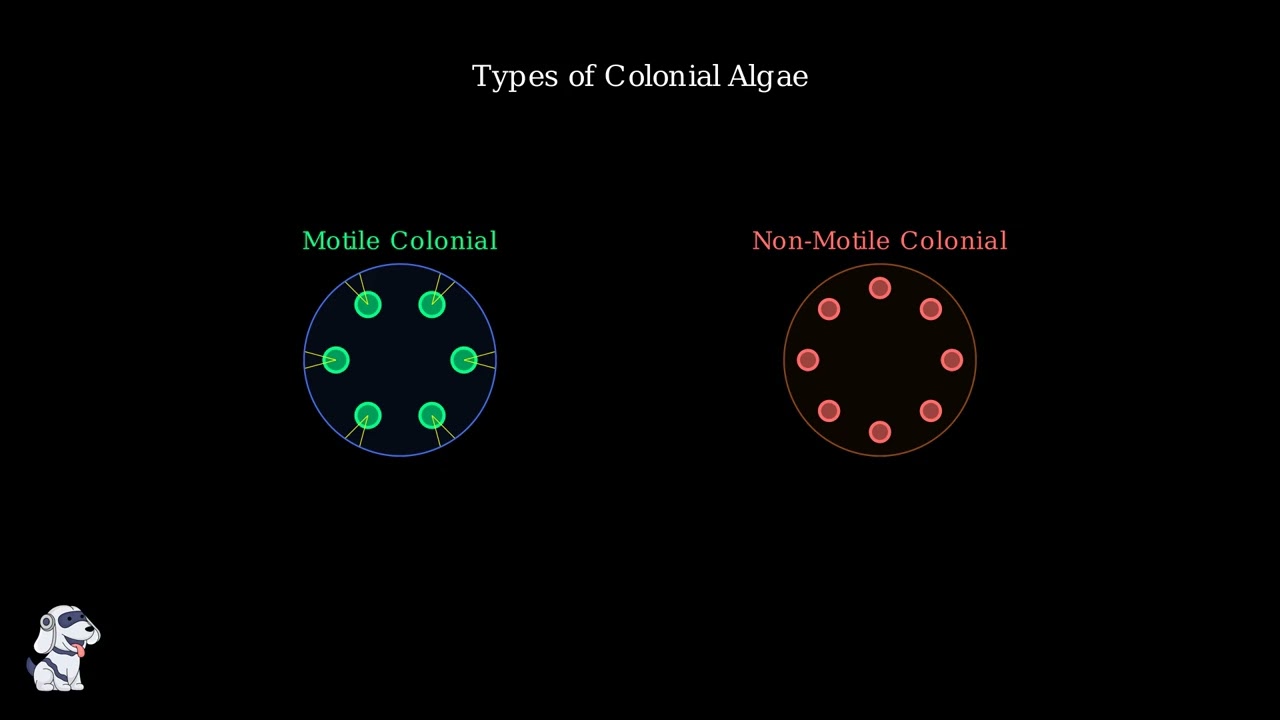

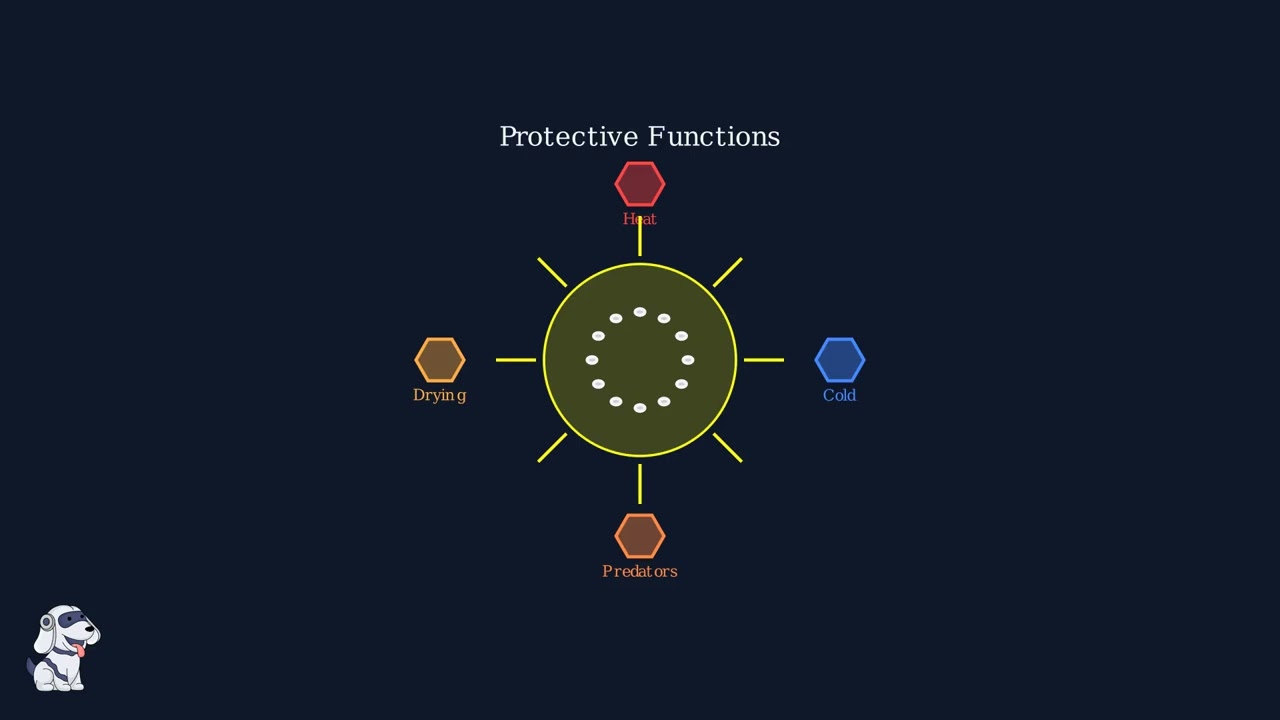
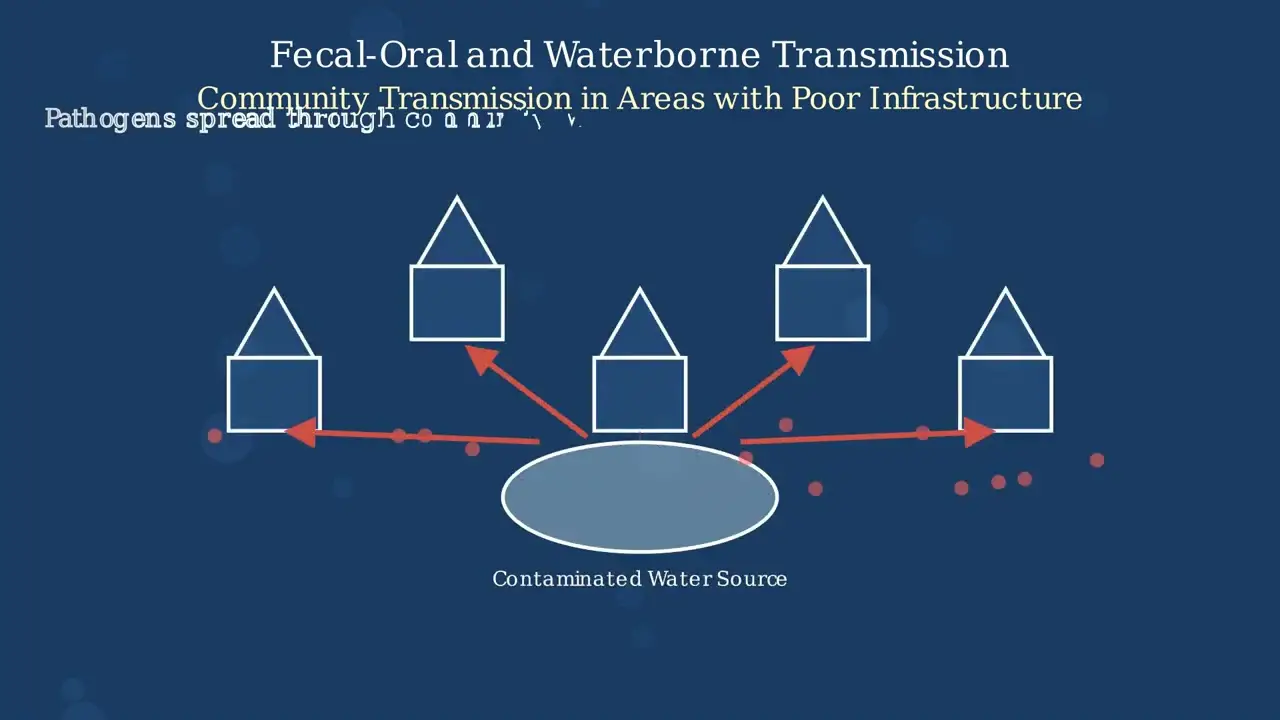
- Text Highlighting: Select any text in the post content to highlight it
- Text Annotation: Select text and add comments with annotations
- Comment Management: Edit or delete your own comments
- Highlight Management: Remove your own highlights
How to use: Simply select any text in the post content above, and you'll see annotation options. Login here or create an account to get started.